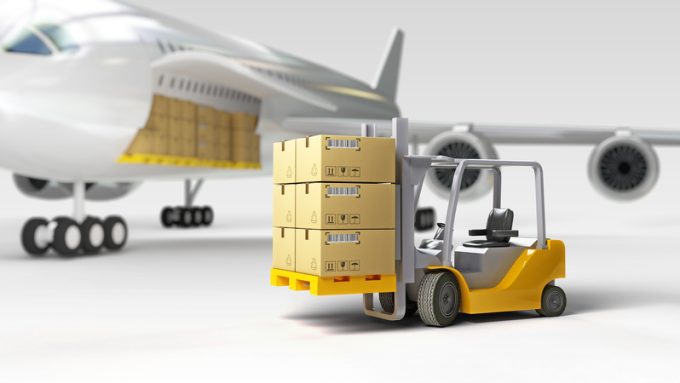Tradelanes: Overcapacity on Asia-S America impacting alliances and rates
Carriers on the Asia-west coast South America trade appear to be on the verge of ...

A 27% relative discrepancy in the way aircraft load factors are calculated is a “terrible miss” for the industry, it was claimed today.
Last year’s Project Selfie, which re-examined the way load factors are calculated, revealed that, in some cases, recording utilisation by weight alone significantly ...

Comment on this article
CargoMan
September 25, 2018 at 4:50 pmSo, how is dynamic load factor calculated? Is there a preset formula?
Alex Lennane
September 25, 2018 at 5:53 pmHello CargoMan, There is a bit more detail in previous posts: https://theloadstar.com/open-letter-iata-lies-damned-lies-loadfactor-statistics/ and https://theloadstar.com/project-selfie-cargo-airlines-can-see-measure/
Or you can email the architect of this initiative at selfie@support.useclive.com.
Thank you for your interest.
Alex